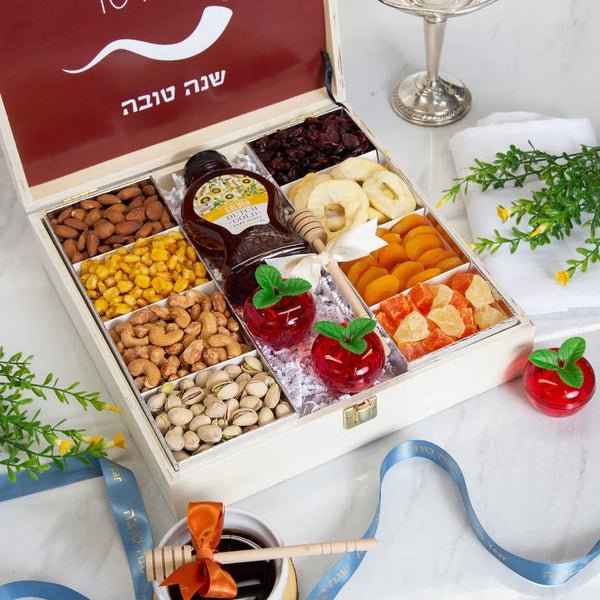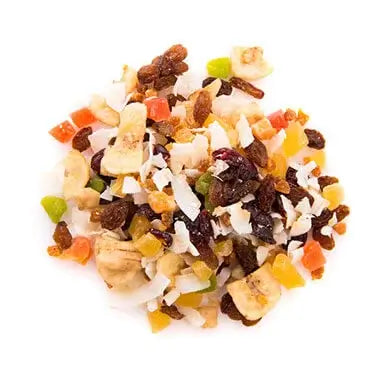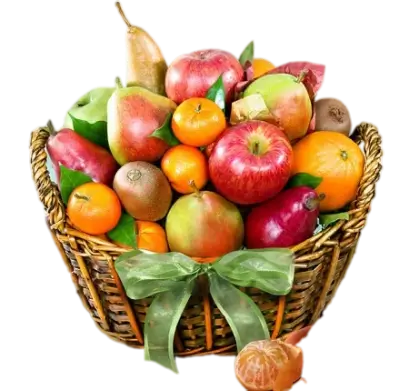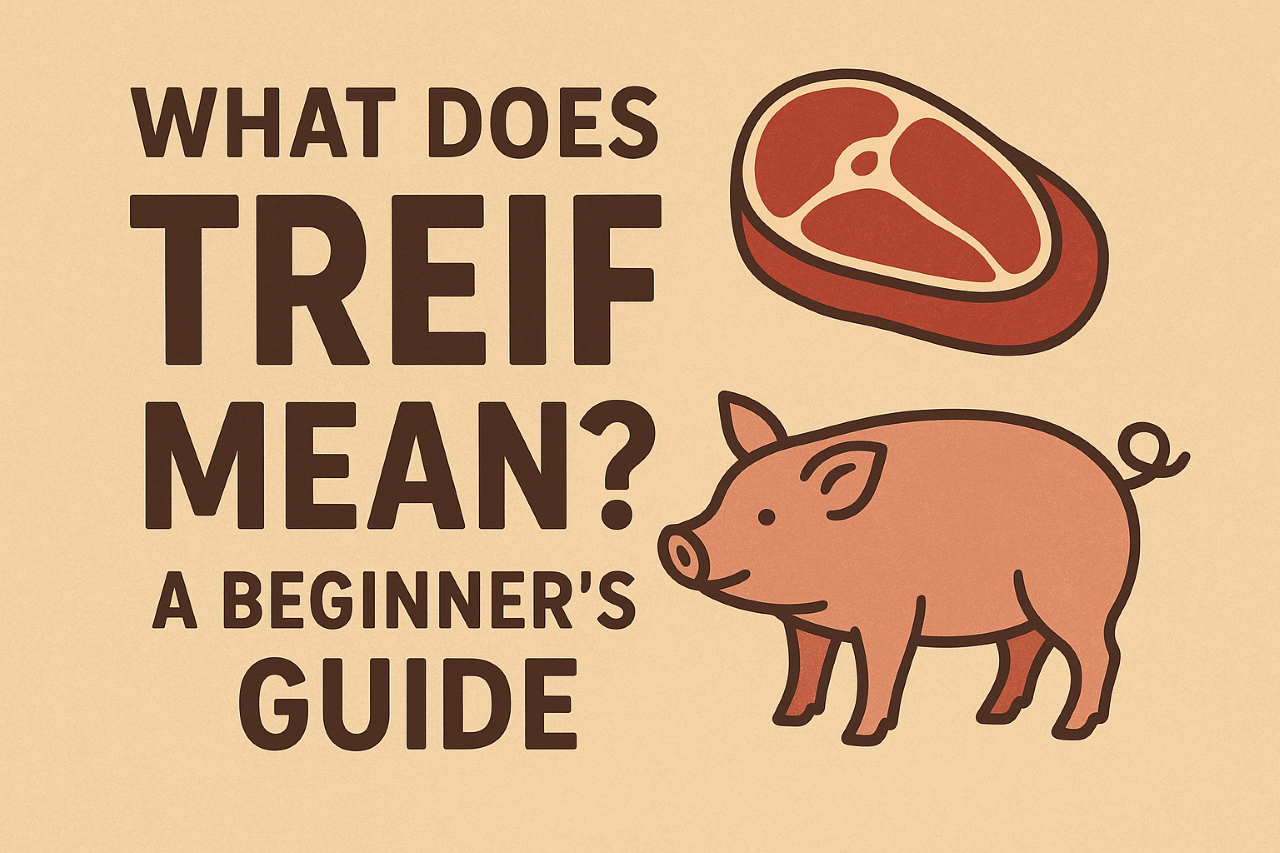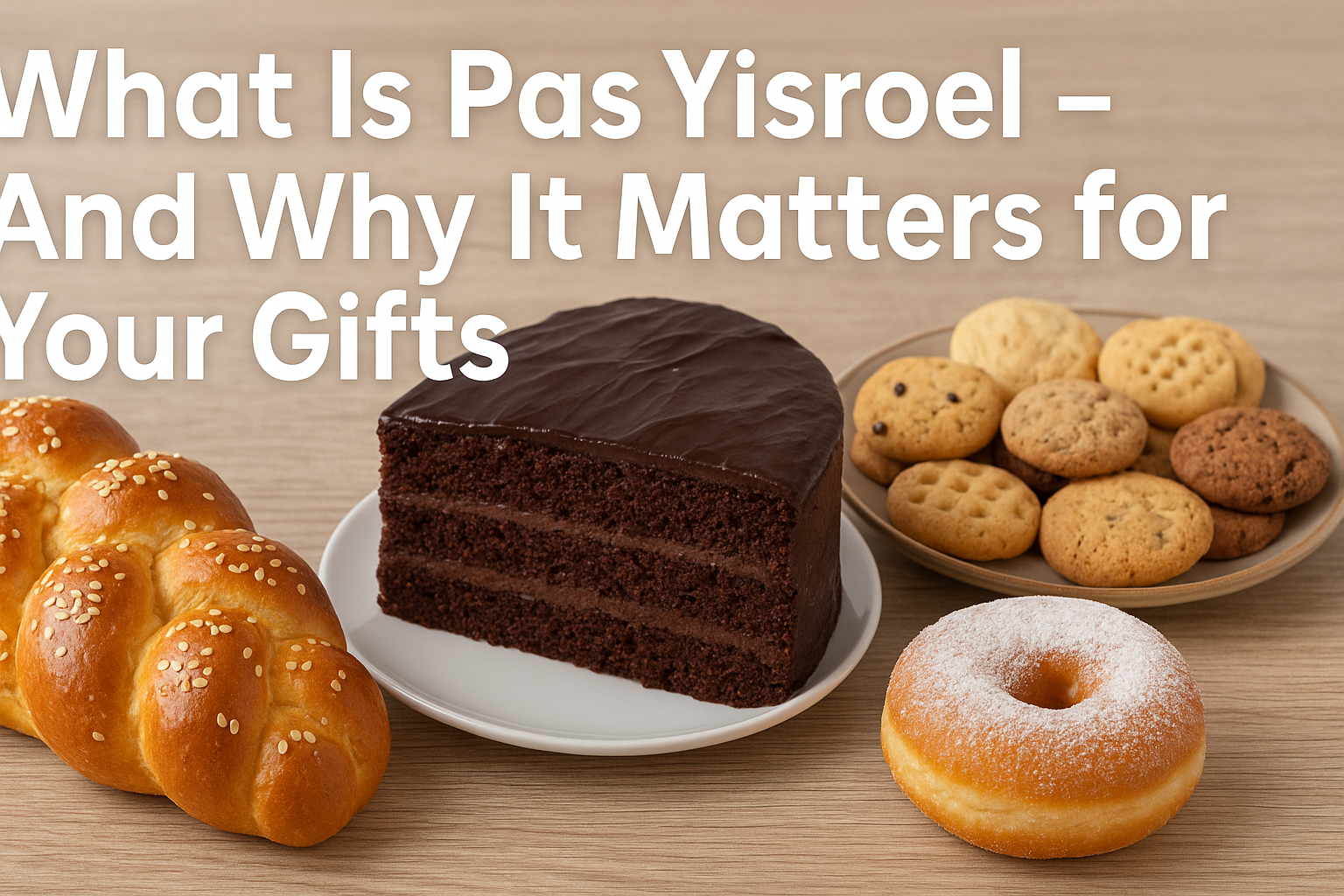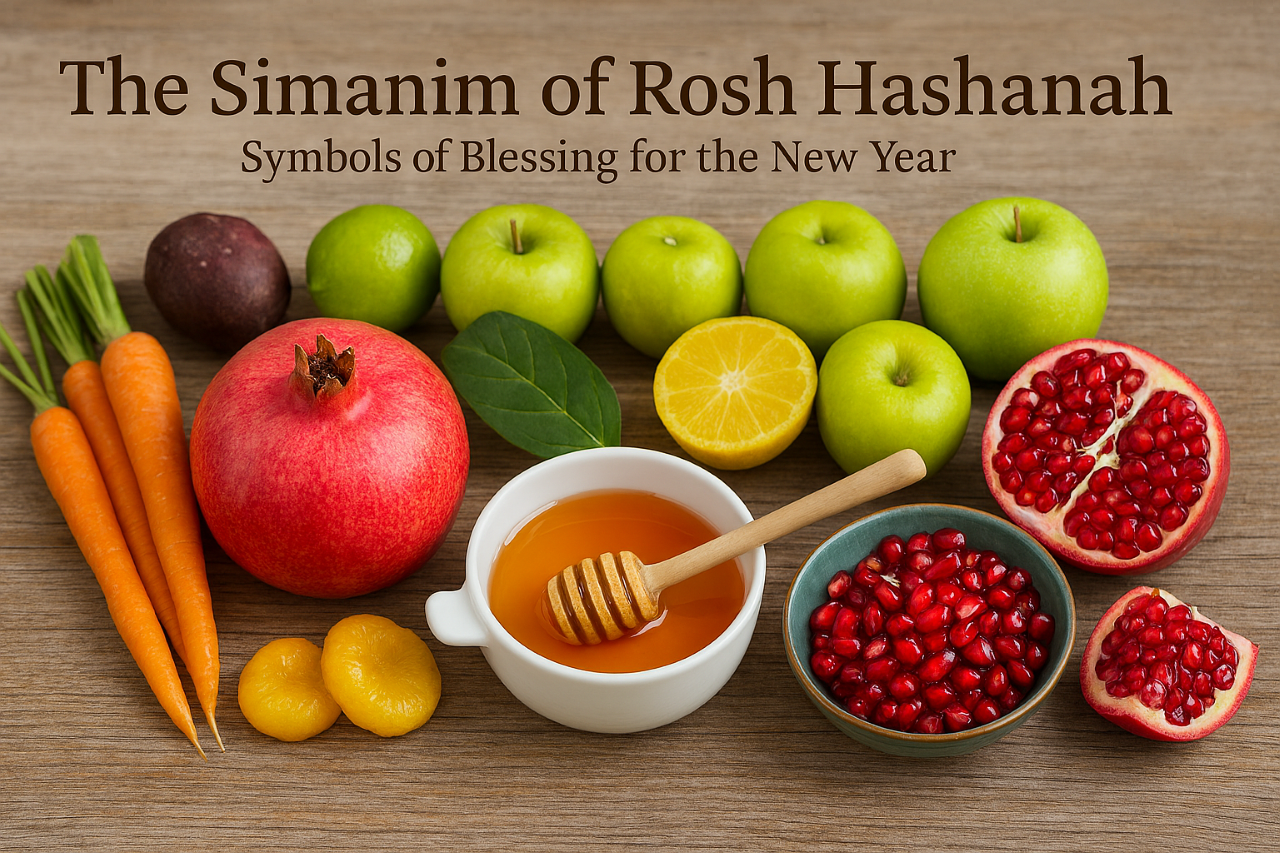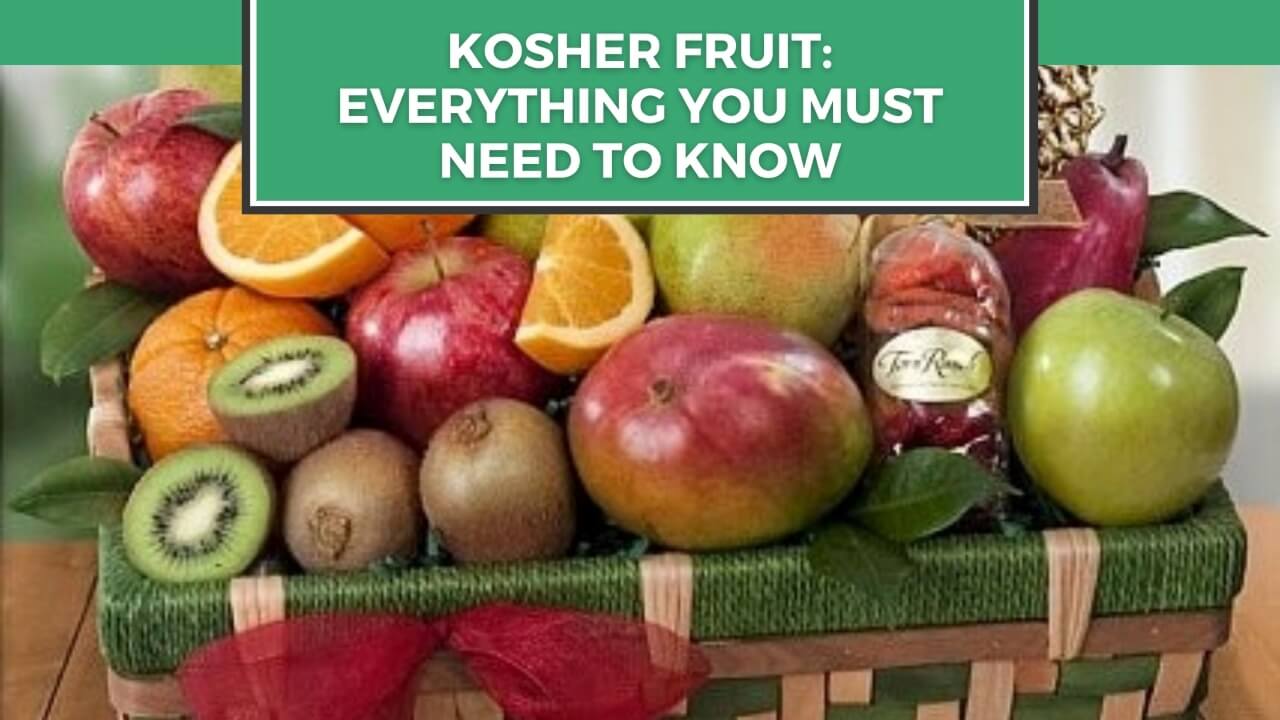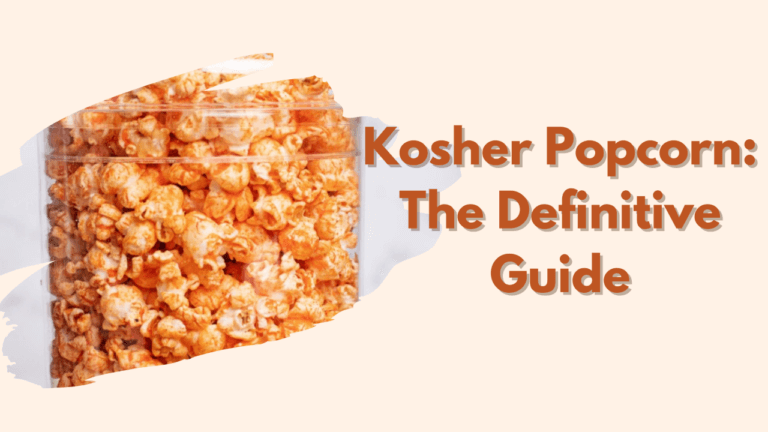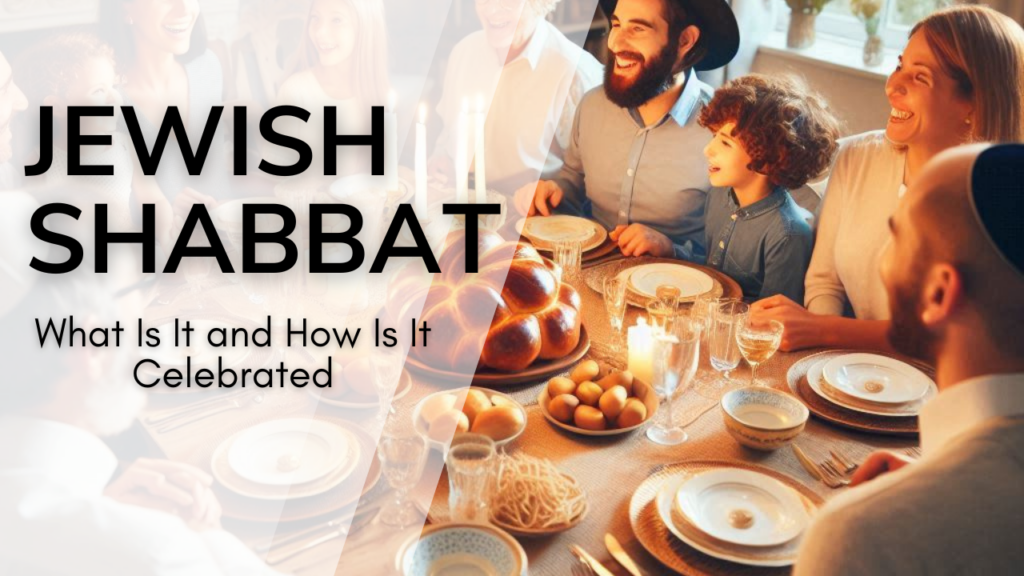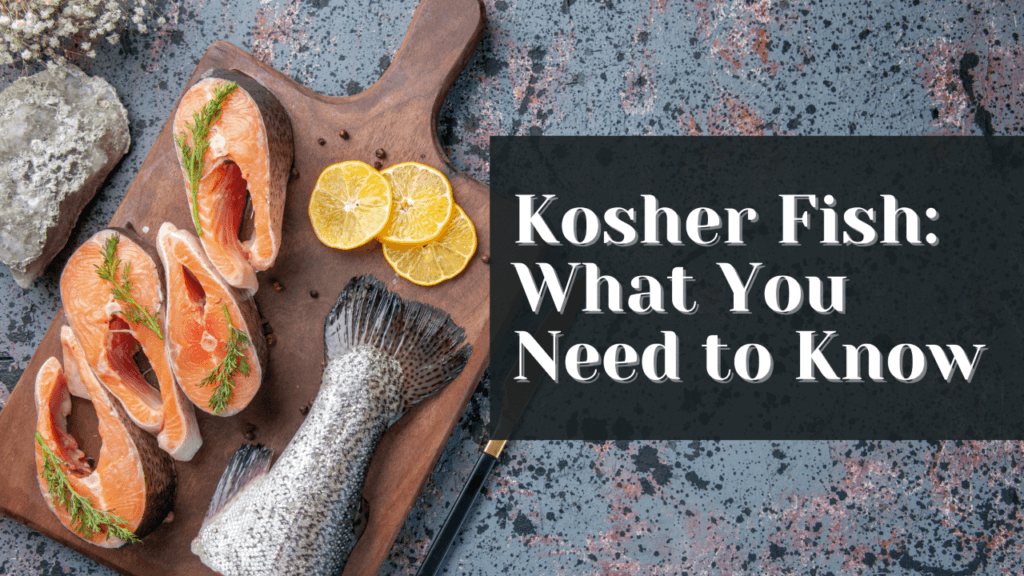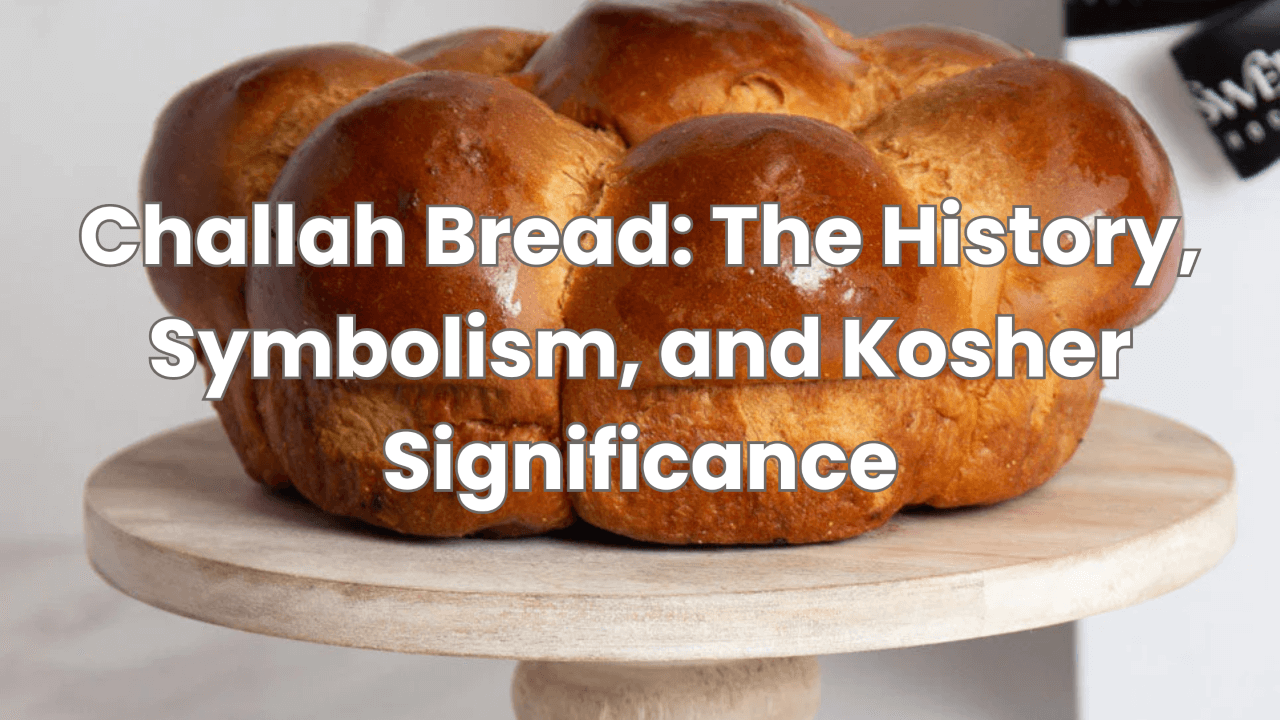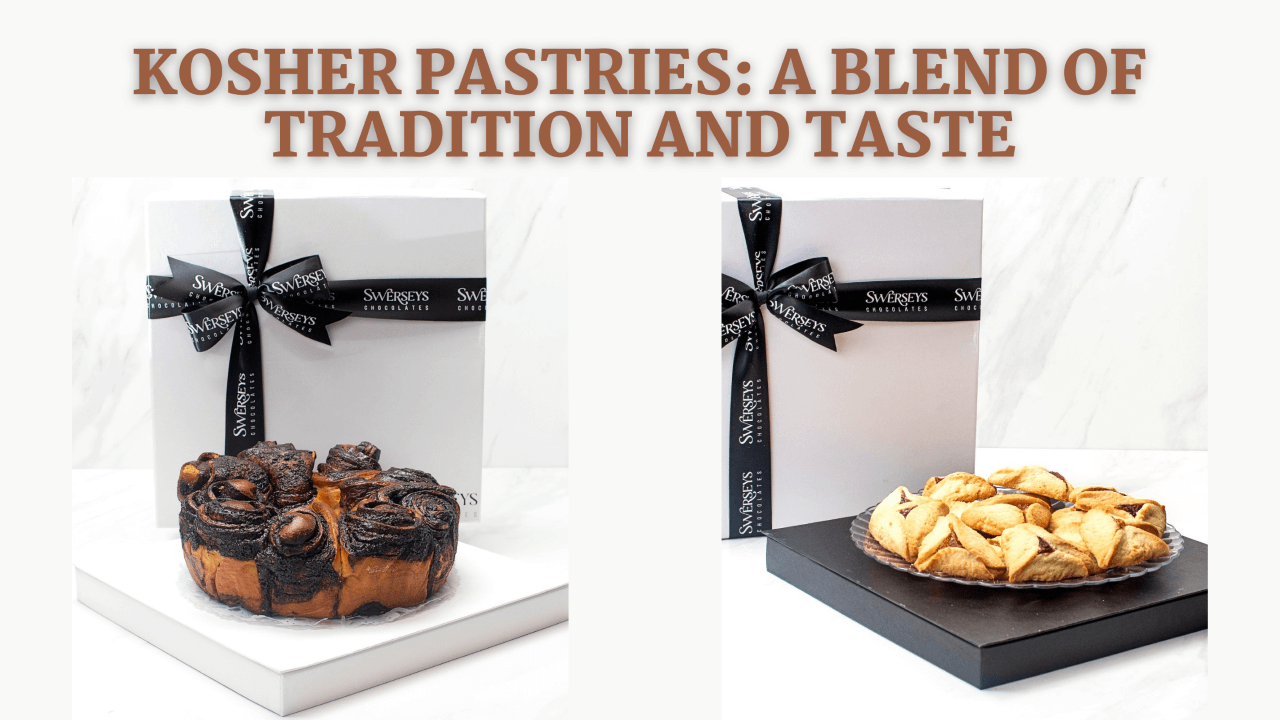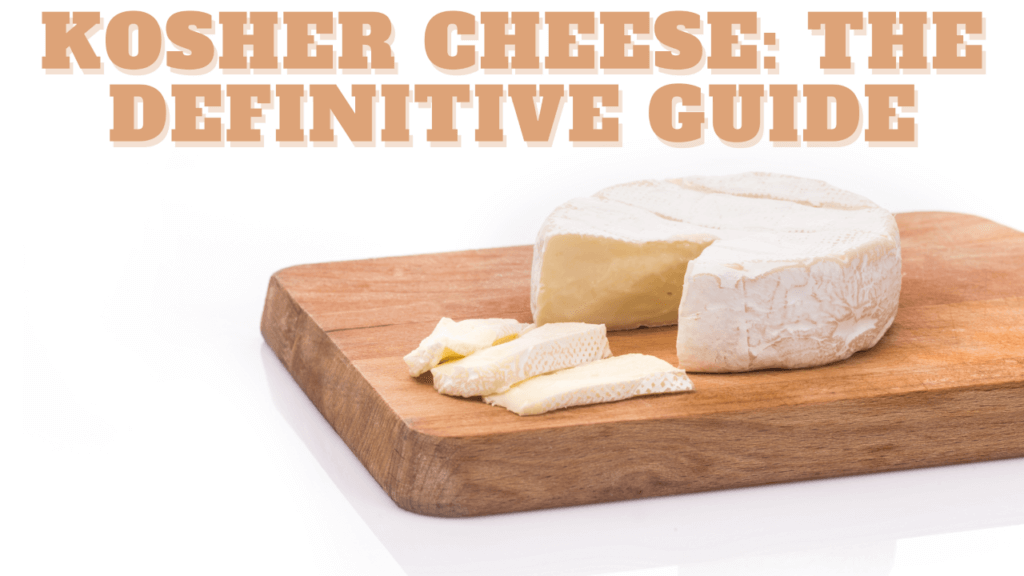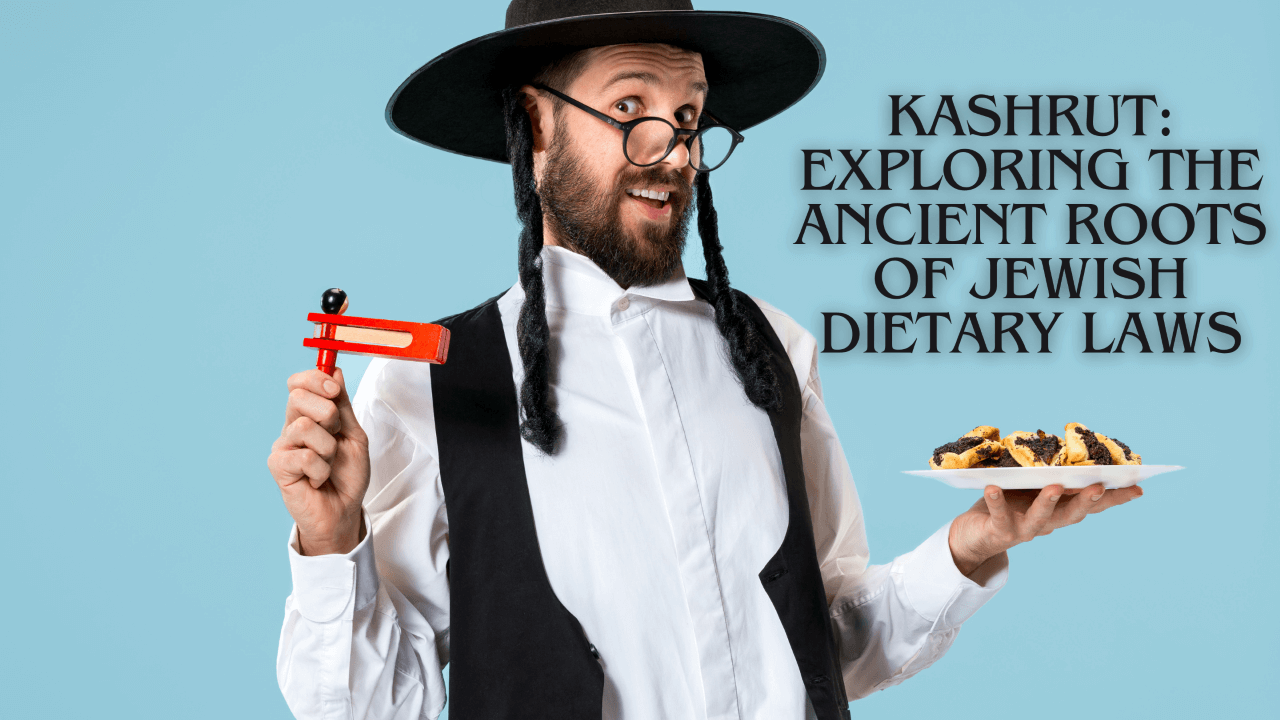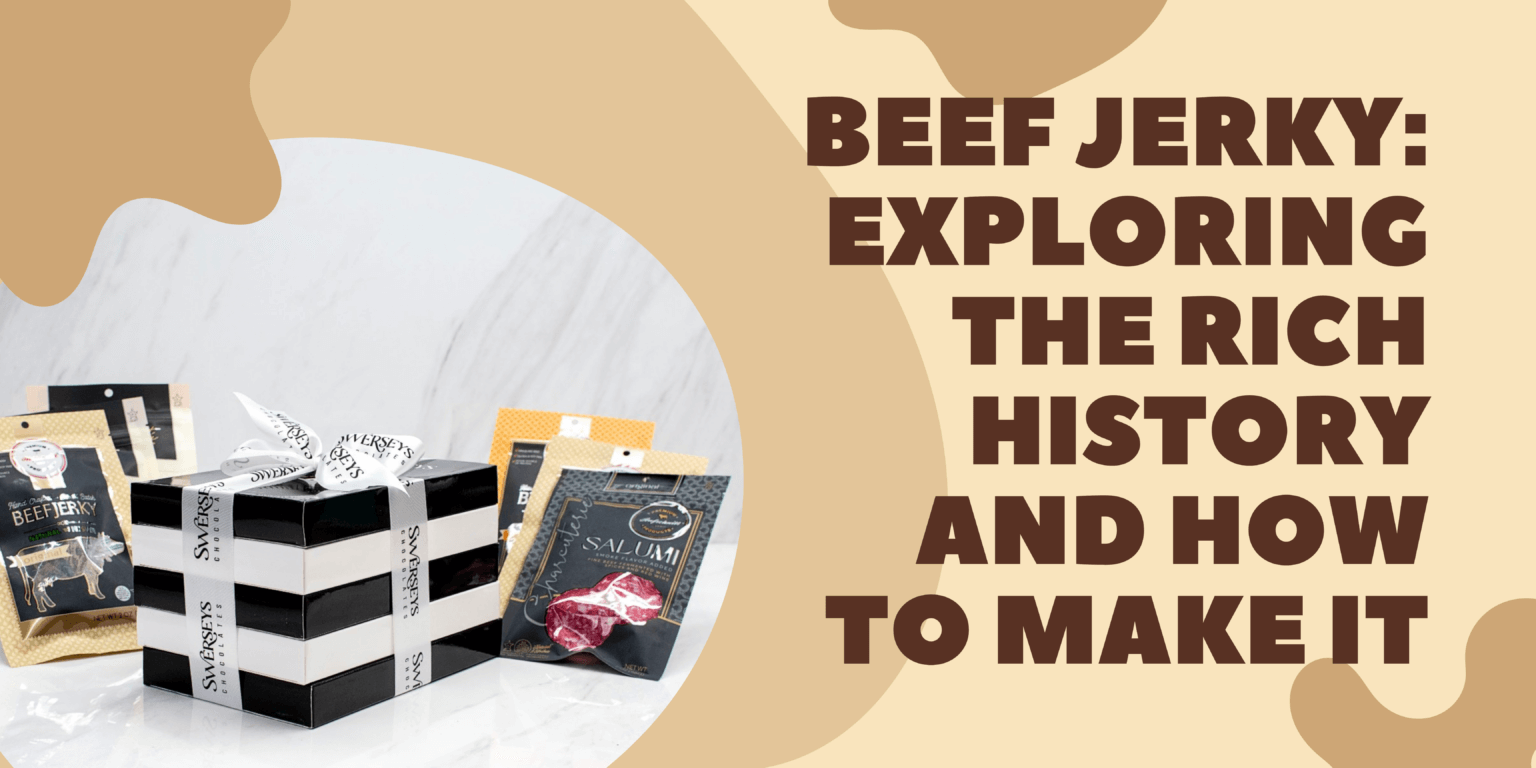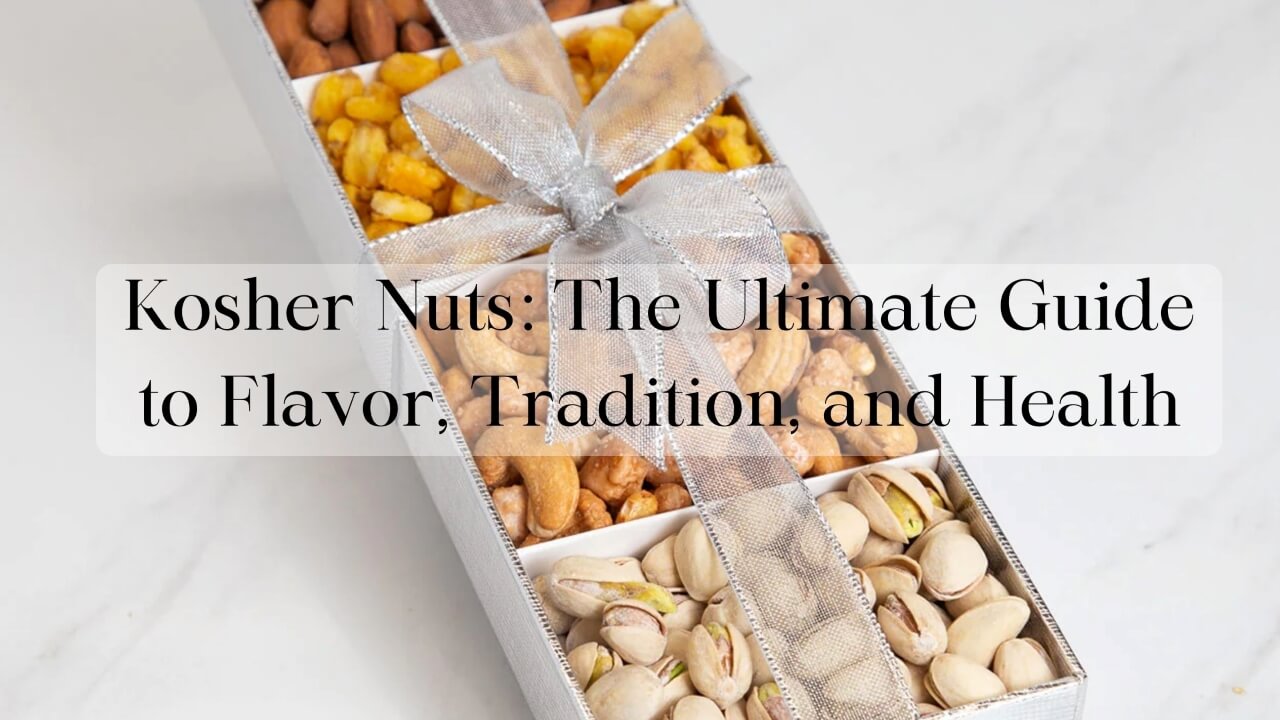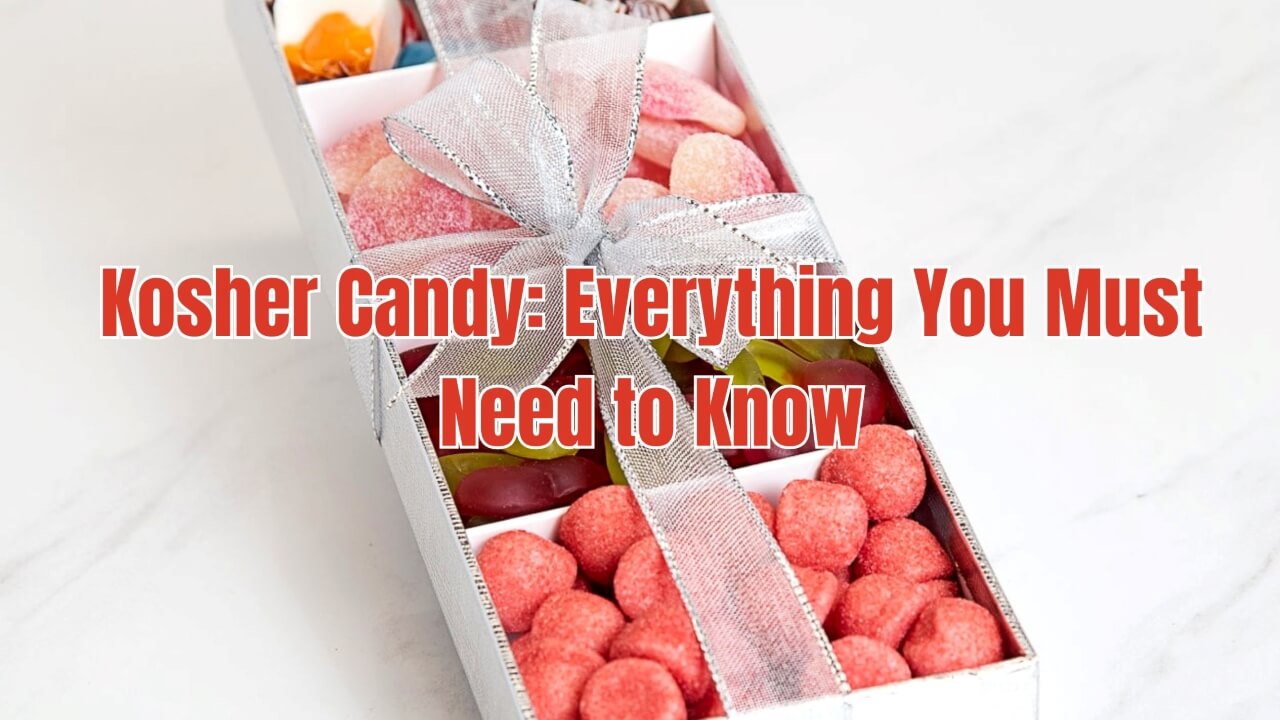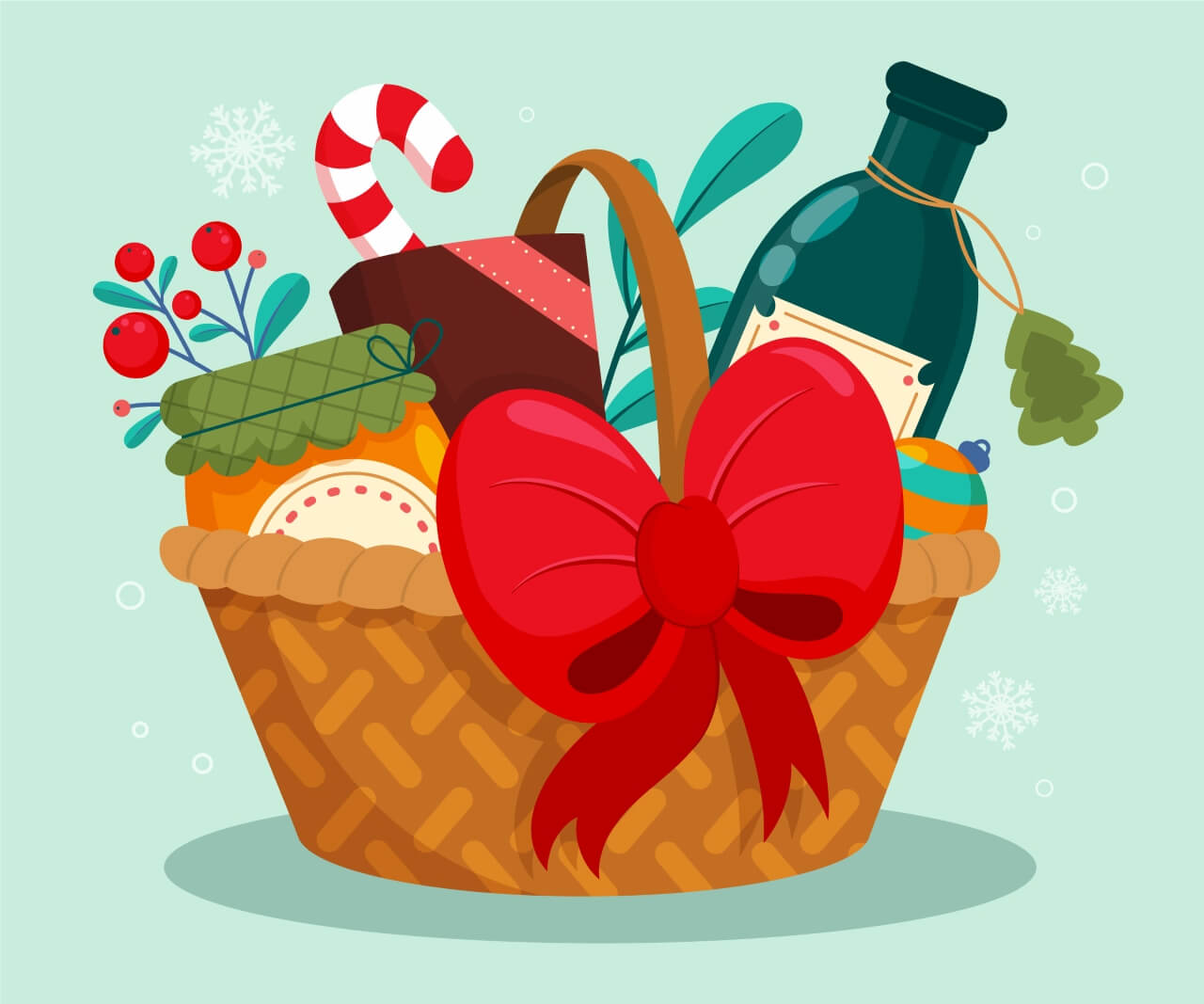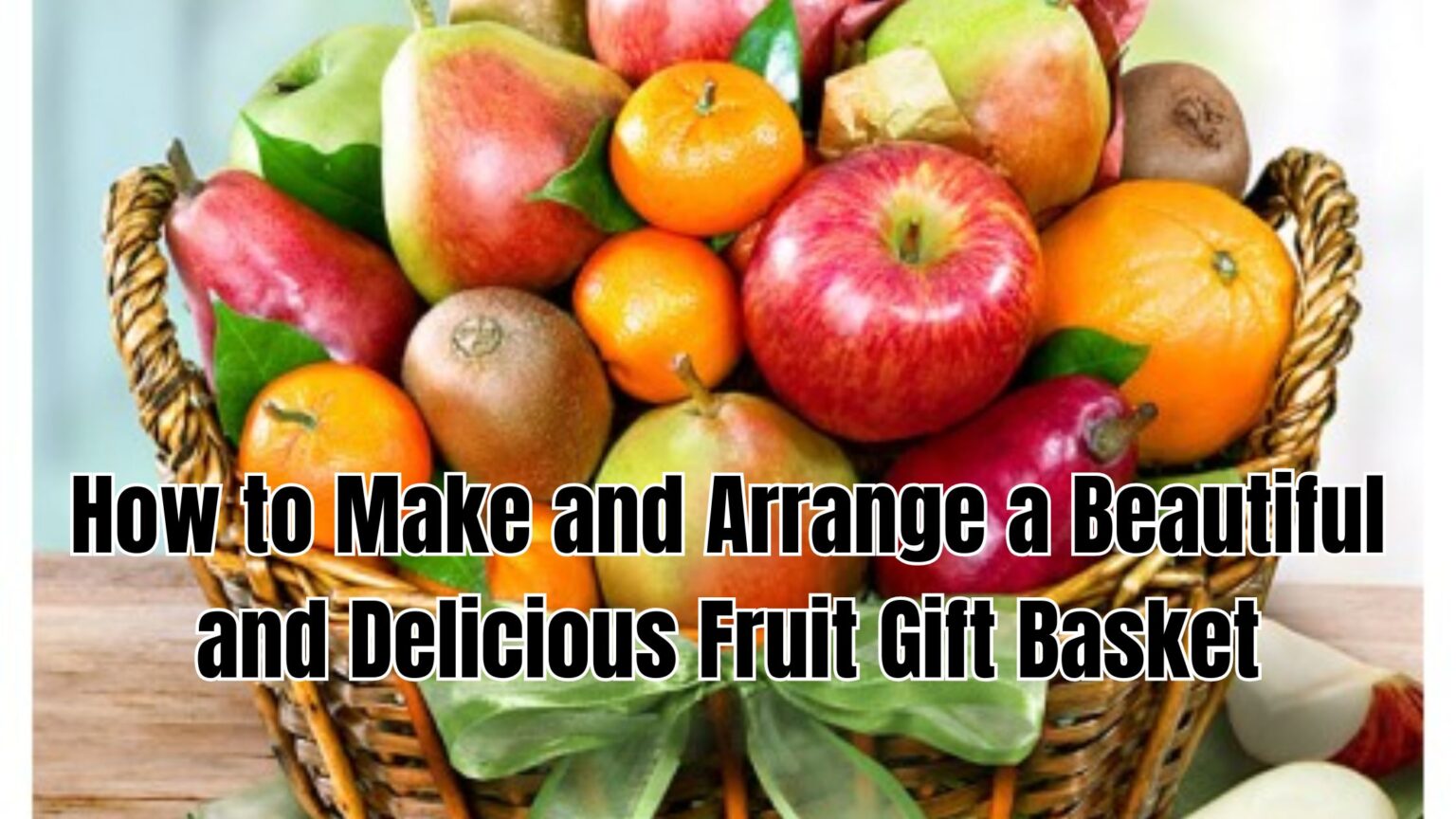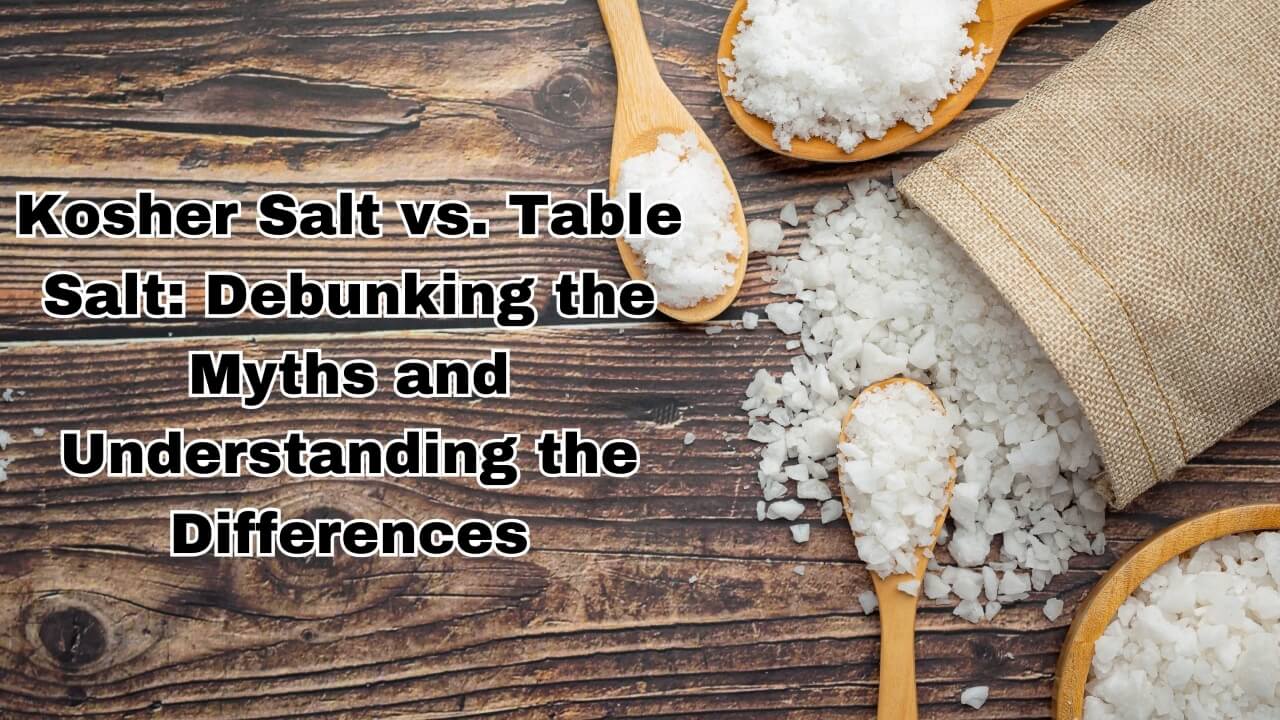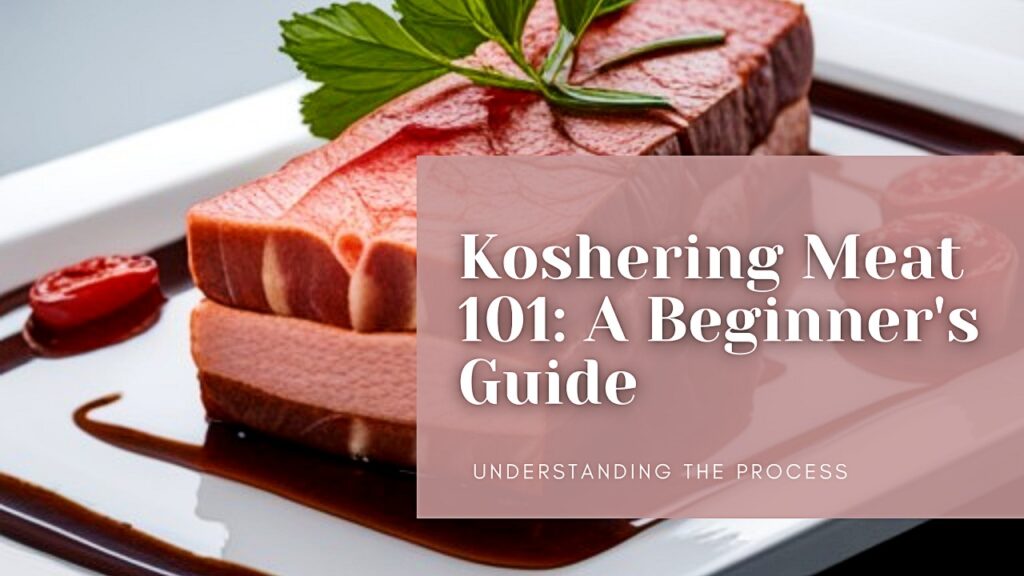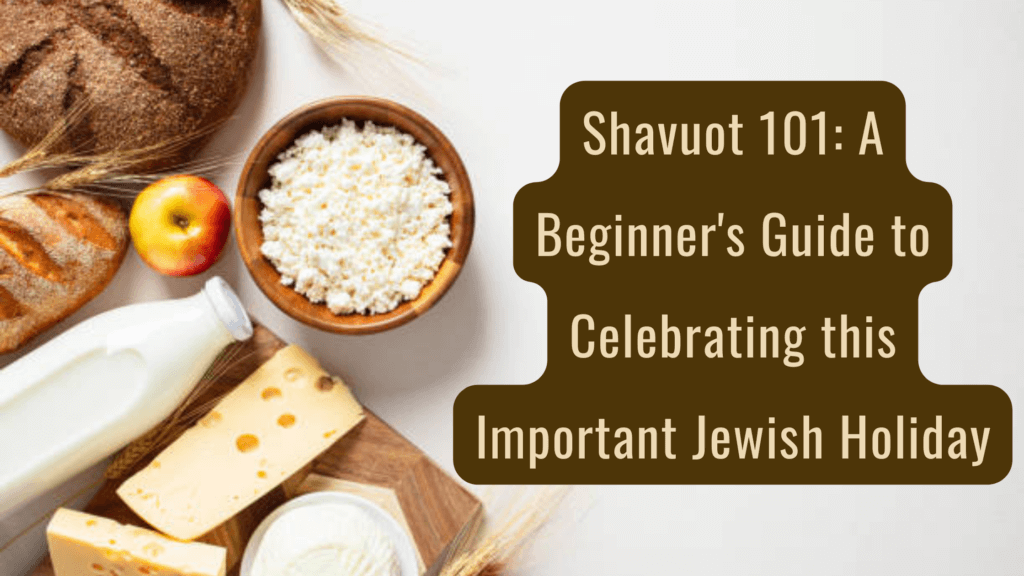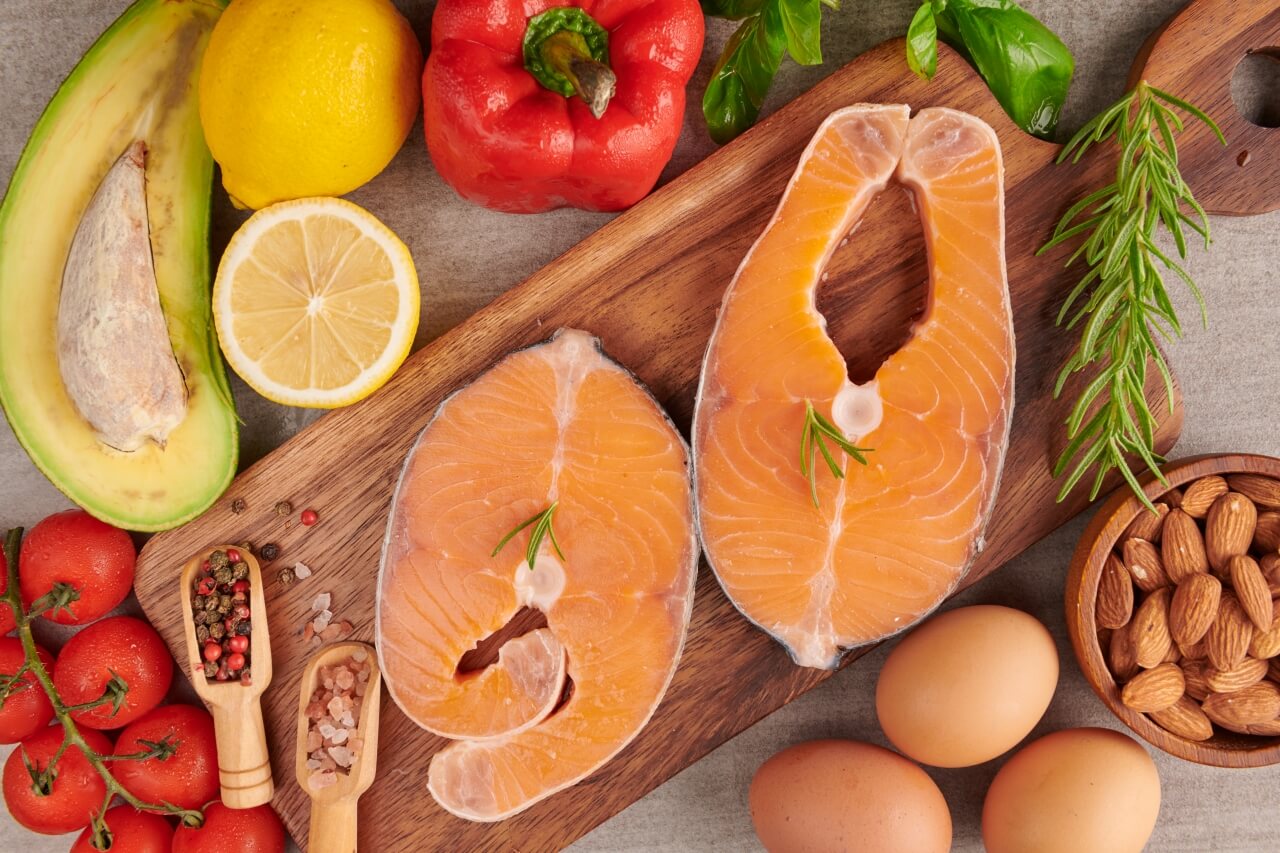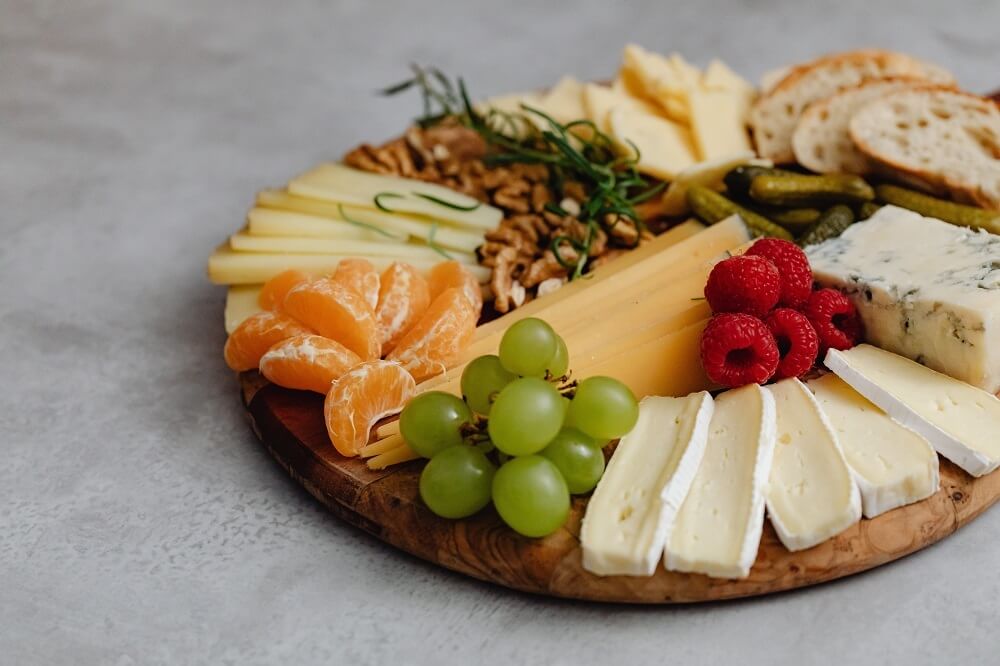When exploring Jewish dietary laws, one of the first words you may come across is treif (also spelled treyf or trayf). For newcomers to Judaism—or for anyone curious about kosher food—understanding this term is essential. Treif represents the opposite of kosher, and it plays a central role in shaping Jewish food traditions, identity, and spiritual practice.
In this expanded beginner’s guide, we’ll break down what treif means, explore its origins, and explain what qualifies as treif according to Jewish law. By the end, you’ll have a clear picture of how treif fits into the broader concept of kashrut, the Jewish system of dietary laws.
What Does Treif Mean?
The word treif comes from the Hebrew/Yiddish word trefa (טְרֵפָה), which literally means “torn,” “damaged,” or “unfit for consumption.” The term originally referred to animals that had been attacked by predators and were therefore not suitable for eating.
Over time, the definition broadened. In Jewish dietary law (kashrut):
-
Kosher foods are permitted and prepared according to halachah (Jewish law).
-
Treif foods are forbidden, either by their very nature or because they were not handled or prepared properly.
Put simply
-
Treif = non-kosher food.
But while the concept sounds straightforward, the details of what counts as treif can be complex—and that’s what we’ll explore below.
Origins of the Term Treif
The earliest mention of the concept comes from the Torah (the Five Books of Moses). In Exodus 22:30, the word trefa is used to describe an animal torn in the field, making it unfit to eat.
From there, rabbinic discussions in the Talmud and later halachic texts (Jewish legal codes) expanded the meaning of treif beyond just torn animals. It came to represent all foods that do not meet the standards of kashrut.
As Jewish communities grew across Europe, North Africa, and the Middle East, the term “treif” entered everyday vocabulary. Among Yiddish-speaking Jews, calling something “treif” could also mean improper, forbidden, or “off-limits,” even beyond food. For example, a dishonest business deal might be described as “treif.”
What Qualifies as Treif?
Not every food is automatically kosher, and not every kosher animal remains kosher once prepared. Jewish law outlines many rules that determine whether food is kosher or treif. Here are the major categories:
1. Forbidden Animals
Some animals are inherently treif and can never be made kosher.
-
Pork: The Torah prohibits pigs because, while they have split hooves, they do not chew cud.
-
Shellfish: Only fish with both fins and scales are kosher, which excludes shrimp, lobster, crab, and clams.
-
Predatory birds: Birds like eagles, hawks, and owls are not kosher.
-
Certain insects: Most insects are treif, although there are exceptions in tradition for specific locusts.
2. Improper Slaughter
Even kosher species (like cows, sheep, or chickens) can become treif if not slaughtered according to shechita, the precise and humane Jewish ritual slaughter performed by a trained shochet (ritual slaughterer).
If the process is not done correctly—or if the animal is found to have internal defects—the meat is considered treif.
3. Mixing Meat and Dairy
One of the most widely recognized kosher rules is the prohibition against mixing meat and dairy. Cooking or eating the two together is strictly forbidden.
-
A cheeseburger or chicken parmesan is treif.
-
Even using the same utensils or cookware without proper separation can render food treif.
4. Blood Consumption
Jewish law prohibits eating blood. Therefore, kosher meat must be salted and soaked to remove as much blood as possible. If this step is skipped or done improperly, the meat becomes treif.
5. Processed Foods Without Supervision
Modern food production has made kashrut more complex. Many processed foods contain hidden non-kosher ingredients. Examples include:
-
Gelatin – often made from pigs or non-kosher cattle.
-
Cheese – if made with animal rennet not supervised under kosher law.
-
Wine and grape juice – must be produced under Jewish supervision to be kosher.
That’s why kosher certification symbols (such as OU, OK, or Star-K) are so crucial. Without them, many foods—even those that look “kosher”—may actually be treif.
Treif in Everyday Jewish Life
For observant Jews, avoiding treif is not simply a dietary choice—it’s a matter of spiritual discipline, tradition, and identity. Keeping kosher requires mindfulness in shopping, cooking, and eating, creating a constant awareness of one’s connection to Jewish law and heritage.
At the same time, treif has also become part of cultural language. Jews who may not follow all kosher rules still recognize “treif” as shorthand for non-kosher foods like bacon, shrimp, or cheeseburgers. In this way, the concept bridges both religious practice and cultural identity.
Why Understanding Treif Matters
Learning about treif isn’t just important for those who keep kosher. It has broader cultural and social significance. For example:
-
Hosting Jewish friends or colleagues: Knowing what treif means helps you avoid serving food that would be uncomfortable for them.
-
Exploring Jewish culture: Treif provides insight into how Jewish communities maintain distinct traditions through food.
-
Living a kosher lifestyle: Understanding what is treif is the foundation of making informed kosher choices.
More than just a dietary category, treif represents the boundaries that help shape Jewish identity across generations.
Final Thoughts
So, what does treif mean? At its simplest, treif is any food that does not meet kosher standards—whether because it is inherently forbidden, improperly prepared, or mixed in ways that violate Jewish law. The term comes from the Hebrew for “torn,” reminding us of its biblical roots, while its meaning continues to influence Jewish life today.
Whether you are learning for religious reasons, cultural curiosity, or culinary interest, understanding treif opens the door to a deeper appreciation of Jewish tradition and the role food plays in it.




